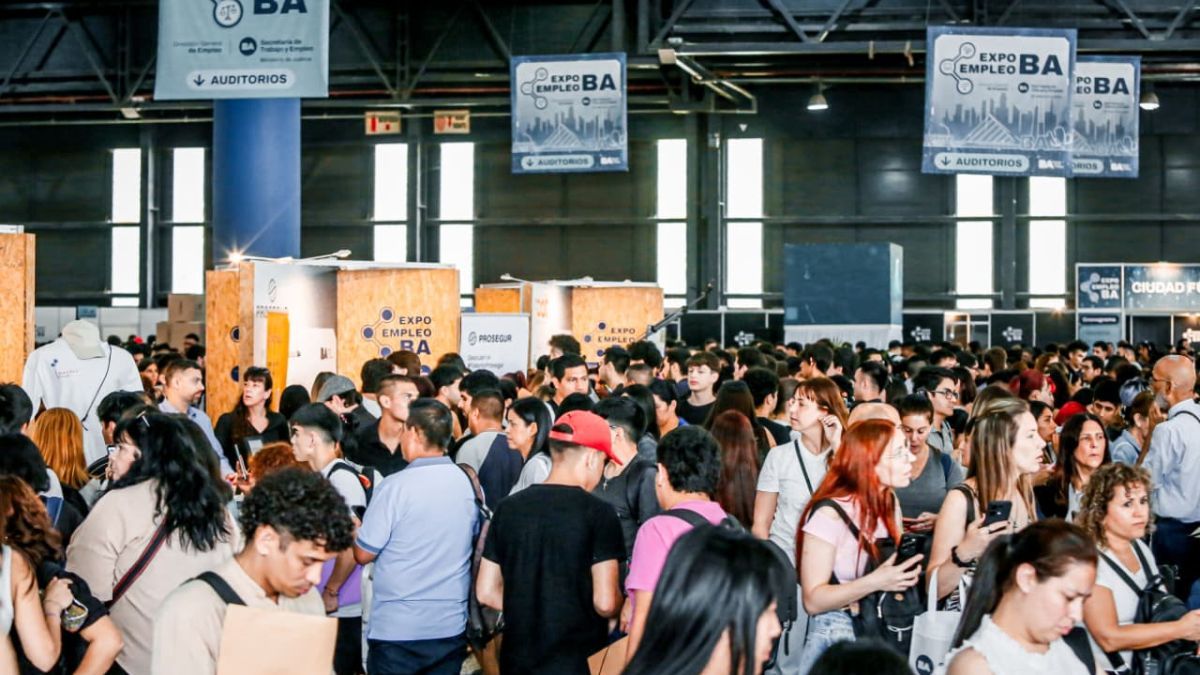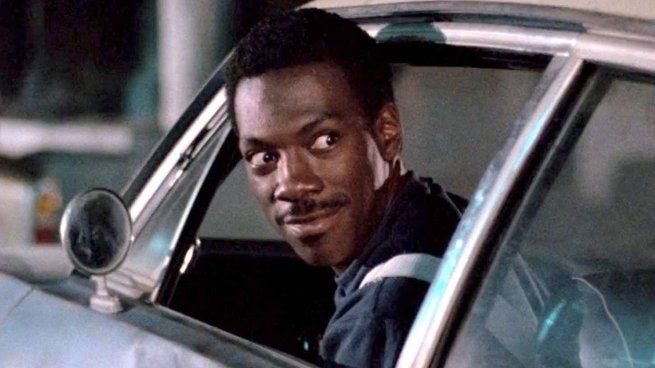A corresponding message from the artist’s circle of friends was confirmed on Saturday evening by the Viennese gallery owner John Sailer. It was only in March of this year that the moving life and survival story of Schönwald, told by Erich Hackl, was published by the Zsolnay publishing house under the title “The world was a madhouse”.
Rudolf Schönwald was born on June 30, 1928 in Hamburg to a Viennese father and a mother from Breslau. He started school in Salzburg in 1934, where he was a classmate of the later writer Gerhard Amanshauser. When the German troops marched in, the life of the “Jewish relatives” family changed radically. Negotiations about a less dangerous classification even led the mother to the “Reichssippenamt” in Berlin, but were in vain. “Immediately after receiving the negative decision, she made plans as to how we could disappear,” he recalled in his life story, which was retold by Erich Hackl.
escape and return
In May 1943 he fled to Hungary in a smuggler, where the deportation of Jews had not yet begun. Rudolf Schönwald and his brother survived under precarious conditions until they had to go into hiding after German troops invaded in 1944. They were able to escape the mass deportations and massacres of Hungarian Jews thanks to the help of committed people and luck in some delicate situations.
After the end of the war, they made their way to the badly damaged Vienna, where they made the basic experience of Jewish survivors: their return was annoying and undesirable. Nevertheless, Schönwald went his own way, graduated from high school, studied at the academy and was part of an artistic awakening in which, on the one hand, a quick connection to international developments was sought, on the other hand, political hopes soon turned into disillusionment.
Left-leaning and progressive art
From the 1950s, Schönwald remembered politically committed, humanly idiosyncratic artists such as Georg Eisler and Alfred Hrdlicka, the founding of a lithography workshop and the attempt to combine left-wing sentiment and progressive art, the awakening of theaters such as La Scala or the theater at the meat market. There Schönwald not only designed stage sets, but was also hired as technical director.
In 1973 he was appointed professor for visual design at the Rheinisch-Westfälische Technische Hochschule in Aachen, where he taught until his retirement in 1993. There he also discovered his late fascination for the region’s decaying industrial plants, which became the focus of his later graphic work.
Politically and socially committed
Schönwald’s artistic oeuvre included not only series of drawings of disused industrial plants, such as those on display in the Essl Museum in Klosterneuburg in 2012, but also political graphics and socially committed murals. In addition to numerous personal and group exhibitions in Austria, Germany and the USA, the artist also created stage and costume designs, ceramic murals and the satirical comic strip “GOKS”, which was published in the magazine “Neues Forum”.
For his 90th birthday, the Ulysses Gallery in Vienna showed Schönwald’s drawings of Homer’s “Odyssey” as well as portraits of friends. On this occasion, the volume “Rudolf Schönwald – Graphik relates” was published by Mandelbaum Verlag.
For his work he received the Austrian State Prize for Graphics in 1971 and the Prize of the City of Vienna for Fine Arts in 1976, as well as the Gold Medal of Merit of the State of Vienna in 1998.
Source: Nachrichten




